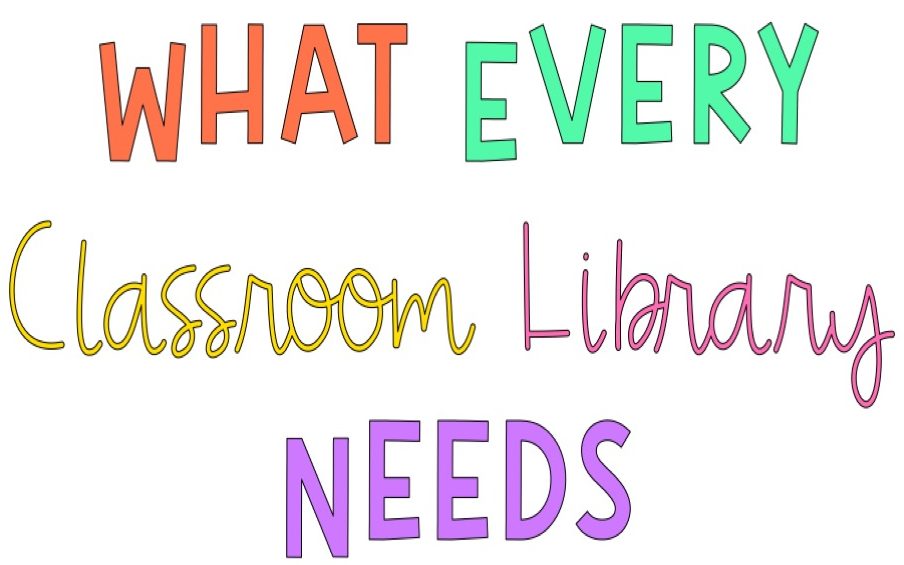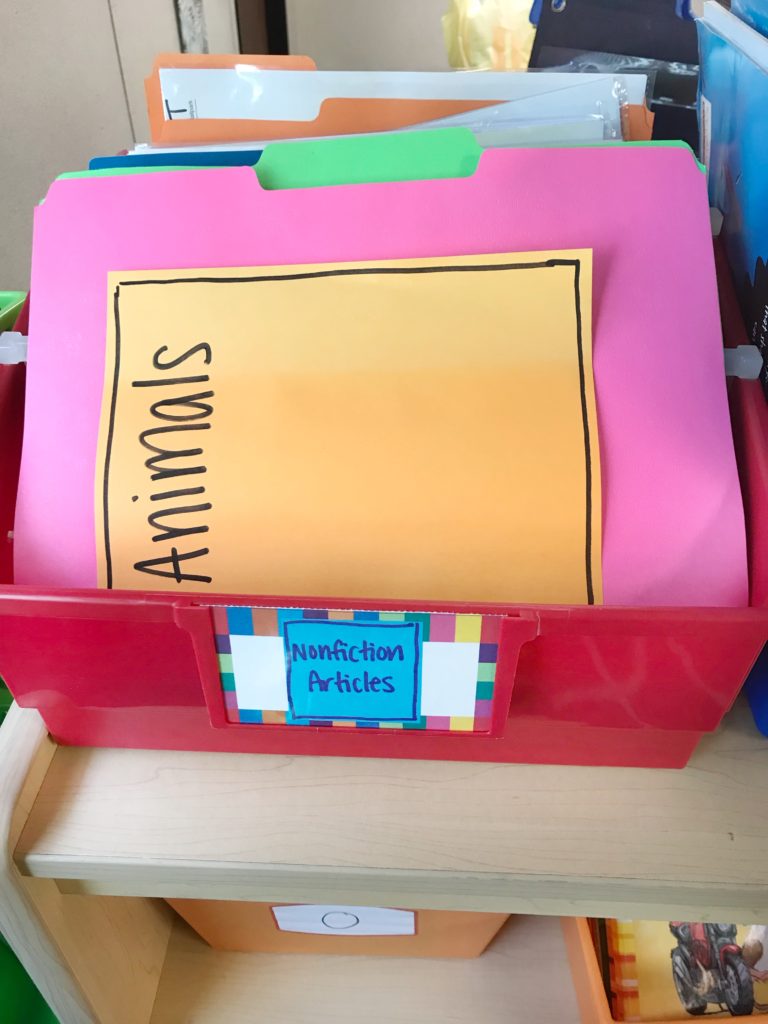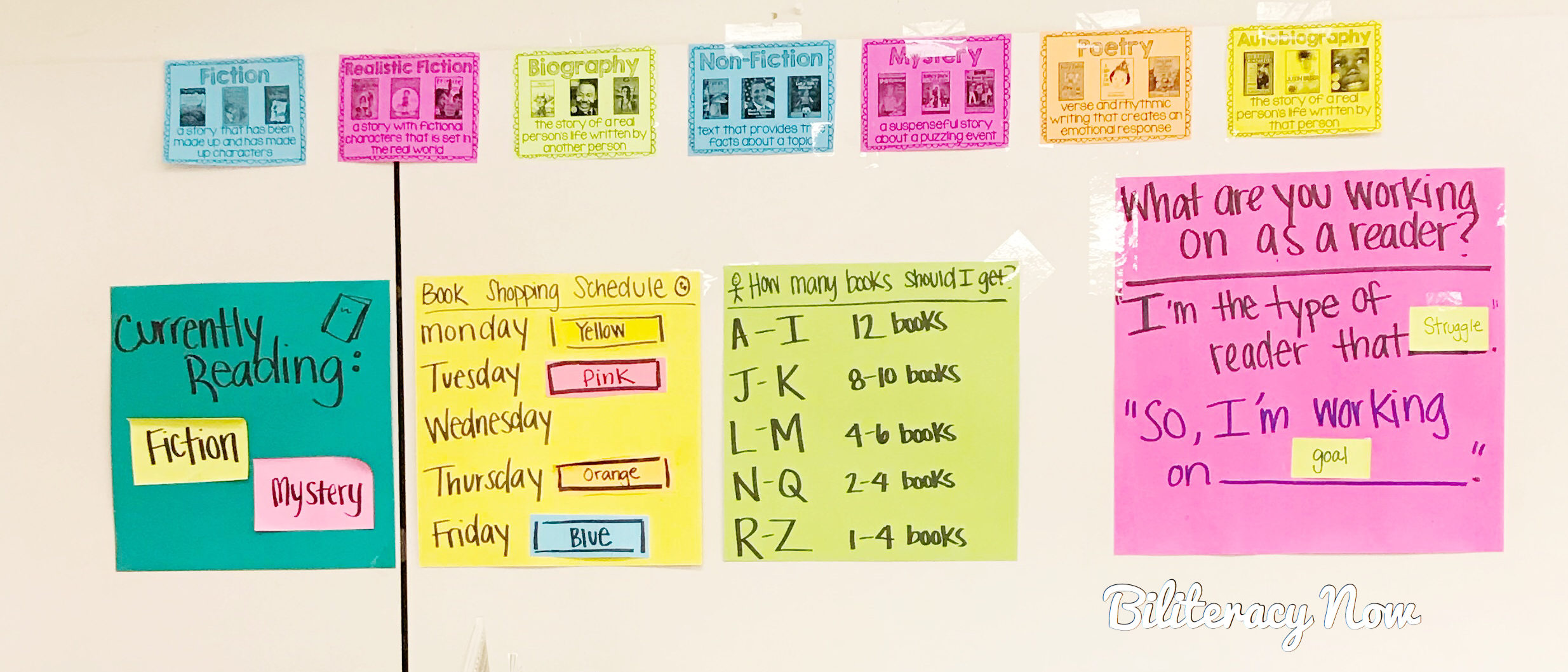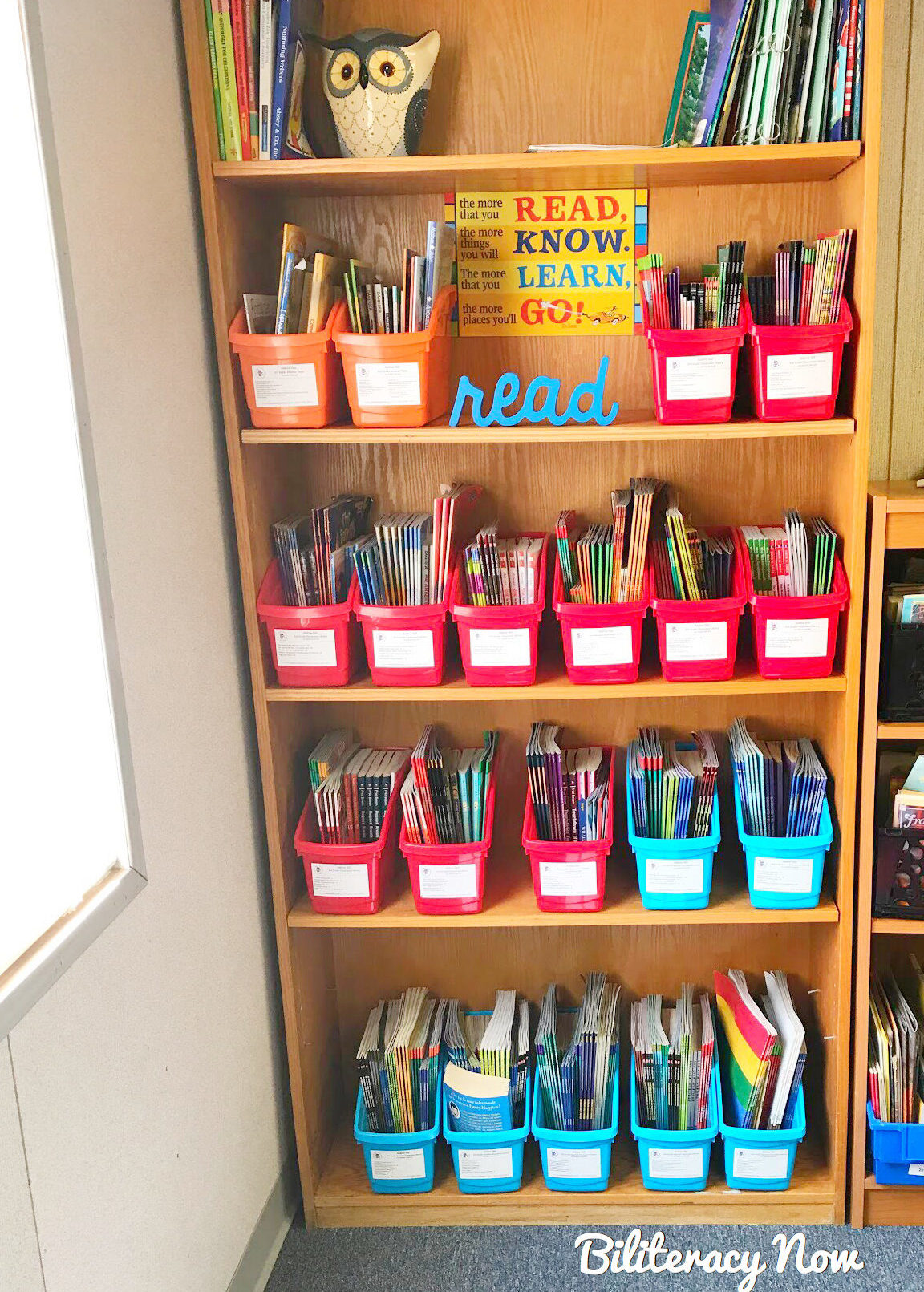Setting up a library is one of the things I miss the most about being in the classroom. I attended a training a few years into my teaching career where the presenter stressed the importance of organizing a classroom library that is (1) tailored to your students’ needs and (2) fosters a love of reading. Ever since then, I’ve lived by the following motto: your classroom library should be the HIGHLIGHT of your room. It needs to be the center of attention, and it should make your students want to be in there all of the time. More importantly, it should make them want to become better, dare I say avid, readers. OK, so what does it take to turn your library into the main attraction? Keep reading to learn a few tricks on how to make your classroom library POP! First, you’ll want to fill it with LEVELED BOOKS. The levels should reflect the levels in your classroom. For example, if your students are reading at levels M-R, then your library should reflect those particular levels. It’s discouraging to have a library full of books that your students can’t touch because they’re not able to read them yet. Once you ensure all of your books are leveled, you’ll want to separate them into the following bins: levels, genres, and interests. This helps your students feel like they’re visiting an actual library!
First, you’ll want to fill it with LEVELED BOOKS. The levels should reflect the levels in your classroom. For example, if your students are reading at levels M-R, then your library should reflect those particular levels. It’s discouraging to have a library full of books that your students can’t touch because they’re not able to read them yet. Once you ensure all of your books are leveled, you’ll want to separate them into the following bins: levels, genres, and interests. This helps your students feel like they’re visiting an actual library!
Here’s an example of a fourth-grade library at my campus. Not only does this teacher have bins by reading level, she also has genre bins. Notice her mystery and poetry bins- two genres that are heavily taught in third grade. This teacher knew that by adding these particular genres to her library, it would encourage her students to want to visit and hopefully check out books from those bins. TIP: Visit your local thrift store to score gently used books. If they’re not leveled, don’t worry! Download the Scholastic Book Wizard App. Most books come with a barcode you can easily scan with your phone (or search by title). It’s quick, easy and, best of all, free!
TIP: Visit your local thrift store to score gently used books. If they’re not leveled, don’t worry! Download the Scholastic Book Wizard App. Most books come with a barcode you can easily scan with your phone (or search by title). It’s quick, easy and, best of all, free!
As you get closer to state testing, consider exposing your students to other reading materials besides books. For example, you could print out news articles, magazines, and even passages for them to check out. Be careful not to overwhelm them with too many reading passages. As always, it needs to feel organic. Below is a picture of a nonfiction bin with leveled articles and passages. This teacher decided to put out informational articles once she started the nonfiction (information) unit. TIP: For access to leveled articles in English and Spanish, visit Reading A-Z and Read Works. I use these websites often when I’m trying to find reading materials for my third and fourth-graders.
TIP: For access to leveled articles in English and Spanish, visit Reading A-Z and Read Works. I use these websites often when I’m trying to find reading materials for my third and fourth-graders.
Does your library have a BOOK SHOPPING SCHEDULE and a BOOK SHOPPING LIST? Ideally, you want your students to shop for new books once a week. They won’t always swap out every book they currently have in their book bags. This really just depends on how far along they are in the books. You’ll want to remind your students about the importance of reading a book all the way through. Books are meant to be read, not to be tossed out frequently. There will be times when they no longer enjoy the book and prefer to exchange it, which is fine. This, however, should not become a habit.
Below is a picture of a third-grade, ESL (English as a Second Language) classroom. Notice it has a shopping schedule of when each table shops for books. It also has a shopping list for the students to refer back to when they need it. A shopping list tells students how many books they can check out based on their reading level. For example, students reading at level J can get 4-6 books, while students who are reading at level H are allowed to check out 12 books. The general rule of thumb is the lower the level, the more books they can check out. As you can see from the picture, this teacher has added various resources to her library wall. She has the current genre they’re studying, the genre descriptors, and a sentence starter for their reading goals!  Every classroom library needs a LIBRARIAN to help keep it clean and organized. Nothing hurts my heart more than seeing a messy library with books being mistreated and thrown around. It’s OK to have a library that shows signs of use, but you don’t want it to look so messy that no one wants to visit. Try to find a healthy balance. Rotate the librarian position often to give everyone a chance to keep the library clean. Students need accountability.
Every classroom library needs a LIBRARIAN to help keep it clean and organized. Nothing hurts my heart more than seeing a messy library with books being mistreated and thrown around. It’s OK to have a library that shows signs of use, but you don’t want it to look so messy that no one wants to visit. Try to find a healthy balance. Rotate the librarian position often to give everyone a chance to keep the library clean. Students need accountability.
Finally, get creative and make your library look like a million bucks! You’re going to need a nice, colorful RUG, some CUSHIONS, lots of colorful BINS and even some decorative pieces to pull it off.
TIP: Shop at your local thrift store for cushions. You can always stick them in the washing machine! Or, if your budget allows, hit up IKEA for some affordable cushions. Target and IKEA also have great area rugs at affordable prices. The Dollar General, Family Dollar, and the Dollar Tree are where you are likely to find plastic bins.




Here’s a list of additional items you can include in your library:
- Library rules
- Reading anchor charts
- “Just Right Book”
- “Caring For Our Books”
- “Why It’s Important to Read”
- “Good Readers (Use the Following Strategies)…”
- “When to Stop, Think and Jot”
- Check-out inventory sheet
- Their reading goals
- Reading stamina chart
- Exemplary student work
- Book of the month
Finally, try to understand that setting up your library takes just a few hours, but maintaining it is a year-long commitment. Don’t be afraid to include your students in the process! After all, it’s THEIR library. 🙂
How’s your classroom library this year? Do you have any of the things I mentioned here today? What has been the greatest challenge in regards to your classroom library? Comment below.